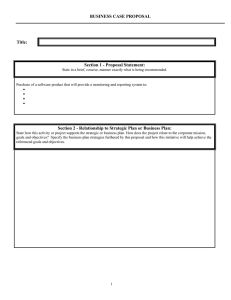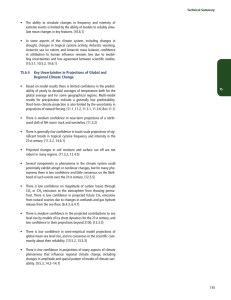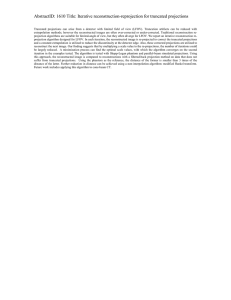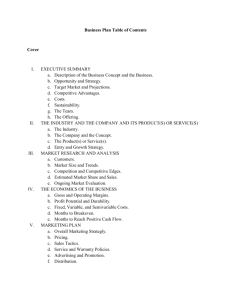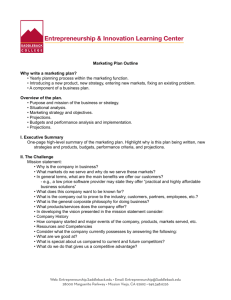BUSINESS PLAN OUTLINE I. Executive Summary II. Company
advertisement
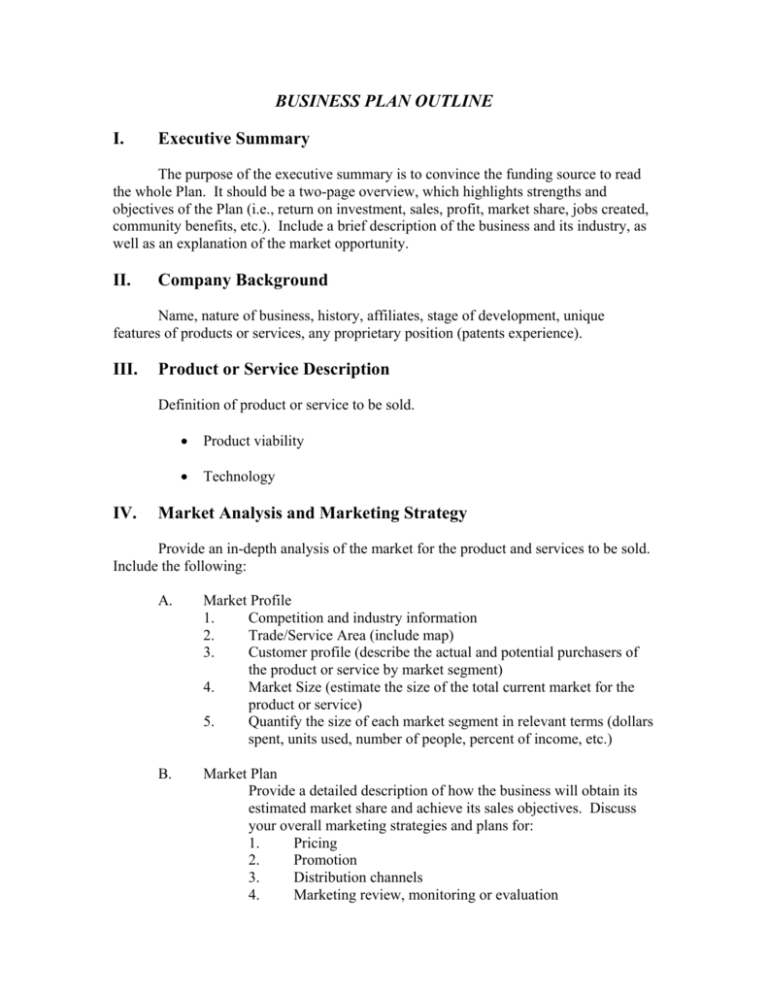
BUSINESS PLAN OUTLINE I. Executive Summary The purpose of the executive summary is to convince the funding source to read the whole Plan. It should be a two-page overview, which highlights strengths and objectives of the Plan (i.e., return on investment, sales, profit, market share, jobs created, community benefits, etc.). Include a brief description of the business and its industry, as well as an explanation of the market opportunity. II. Company Background Name, nature of business, history, affiliates, stage of development, unique features of products or services, any proprietary position (patents experience). III. Product or Service Description Definition of product or service to be sold. IV. Product viability Technology Market Analysis and Marketing Strategy Provide an in-depth analysis of the market for the product and services to be sold. Include the following: A. Market Profile 1. Competition and industry information 2. Trade/Service Area (include map) 3. Customer profile (describe the actual and potential purchasers of the product or service by market segment) 4. Market Size (estimate the size of the total current market for the product or service) 5. Quantify the size of each market segment in relevant terms (dollars spent, units used, number of people, percent of income, etc.) B. Market Plan Provide a detailed description of how the business will obtain its estimated market share and achieve its sales objectives. Discuss your overall marketing strategies and plans for: 1. Pricing 2. Promotion 3. Distribution channels 4. Marketing review, monitoring or evaluation V. Management A. B. C. D. VI. A listing of key managers, directors and principal owners, including detailed resumes Organizational structure Compensation and employee ownership Plans for future staff Operations Plan A. B. C. D. E. Space and equipment requirement Working capital requirement Labor Force Geographic location advantages Manufacturing aspects, sources of supplies, etc. VII. Financial Statements and Projections A. B. C. D. E. F. G. H. I. J. Three years’ historical financial statements (existing business; if start-up, provide capital investment balance sheet). Interim statement dated within 60 days (existing business) Aging of accounts payable and receivables as of date of interim statement Personal Financial Statements of all persons owning 20% or more of the stock in the company Three-year pro forma projections, with income statements, cash flow statements, and balance sheets; first year by month, second and third years by quarter. Break-even analysis Schedule of all debts, liabilities and leases Notes to financial projections (identify the assumptions underlying the financial projections) Best and worst case outcomes Analysis of financial projections VIII. Funding A. B. C. D. E. Amount of money sought Use of proceeds Funding history, funding references Pricing and deal structure (including terms and payback) Capitalization-existing and pro forma IX. Research Development Engineering & Designs A. B. C. D. X. Proprietary rights Timing Cost Strategy Summary of Risks Involved Summarize the critical risks and assumptions associated with each section of the business plan. Discuss contingency plans that have been developed for potential problems and delays. Including: A. B. C. D. XI. The industry, the company, and its personnel Timing Product and market acceptance Liabilities and contingencies Professionals and Advisors A. B. C. Legal Counsel Accountant Others XII. Project Implementation Schedule Provide an overall schedule of the specific activities necessary to start the business or implement the project and achieve its projected level of profitability.

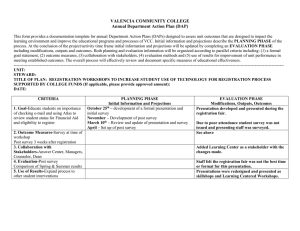

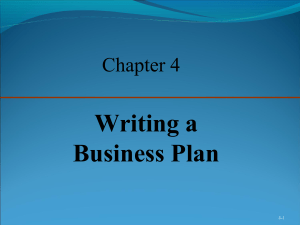
![Business Plan For [Name of Company]](http://s2.studylib.net/store/data/011852131_1-c6db48fd4664dbf31e100676f0cad119-300x300.png)
